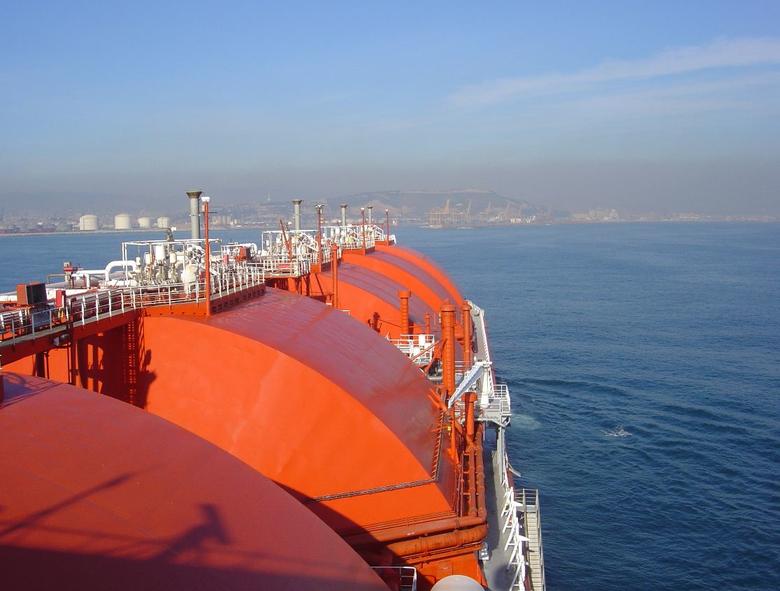
GLOBAL GAS DEMAND: UP 50%

Gas is set to increase its weight in the global energy mix over the next 26 years, with LNG gaining momentum and contributing to increased energy security, said the International Energy Agency on Wednesday. The Paris-based organisation also stated that the oil and gas sector needs investments for $900 billion (723 billion euros) a year to meet the projection.
In its central scenario, the IEA expects a 37% increase in world primary energy demand in 2040, explaining that this requires simultaneous efficiency measures. In this case, renewables, gas and also nuclear are expected to grow over the next two decades.
'Demand for gas is more than 50% higher in 2040, and it is the only fossil fuel still growing significantly at that time. The United States remains the largest global gas producer, although production levels off in the late-2030s as shale gas output starts to recede. East Africa emerges alongside Qatar, Australia, North America and others as an important source of liquefied natural gas (LNG), which is an increasingly important tool for gas security,' reads the note released by the IEA presenting its World Energy Outlook 2014.
Despite the bright prospects for global gas, the same optimism does not hold for Europe. In a recent conference, Fatih Birol, Chief Economist at the International Energy Agency, said that it is unlikely that Europe will bounce back to 2010 levels in the next 18 years. The future of gas will much depend on countries like China.
"There might be a golden age... China might change the picture," Birol commented during the FT Conference last month.
On a global scale, the findings suggest a significant increase in LNG from 300 bcm in 2012 to almost 600 bcm in 2040. LNG's share of global gas trade is expected to rise, pushed by a near-tripling in liquefaction sites. These two facts suggest an increased relevance of smaller LNG terminals.
Gas has to face a major hurdle related to competitiveness and prices. According to the analysis, apart from the North American market, gas' future will depend on prices, which should be low enough to be attractive for consumers and sufficiently high to incentivise large investments in supply. In this context, energy efficiency and climate measures play a role too.
'While coal is abundant and its supply relatively secure, its (gas') future use is constrained by measures to improve efficiency, tackle local pollution and reduce CO2 emissions. Coal demand is 15% higher in 2040 but growth slows to a near halt in the 2020s.'
Despite increasing energy security, LNG will have a minor impact on prices. Liquefied Natural Gas will not be a panacea.
LNG brings more integrated and secure gas markets, but only limited relief on prices.
naturalgaseurope.com





